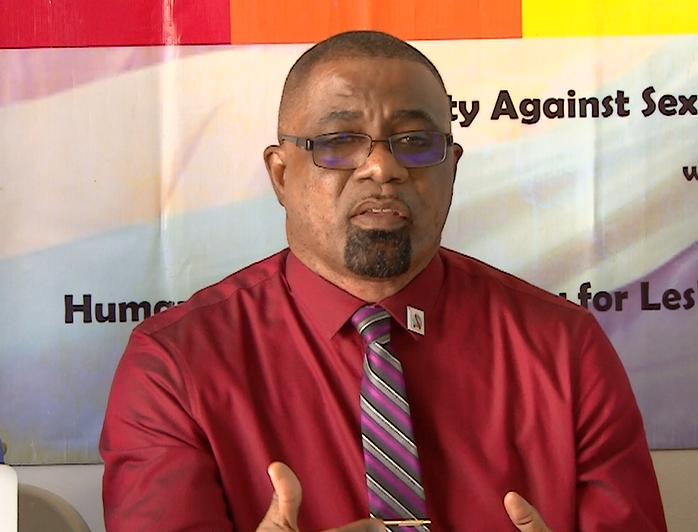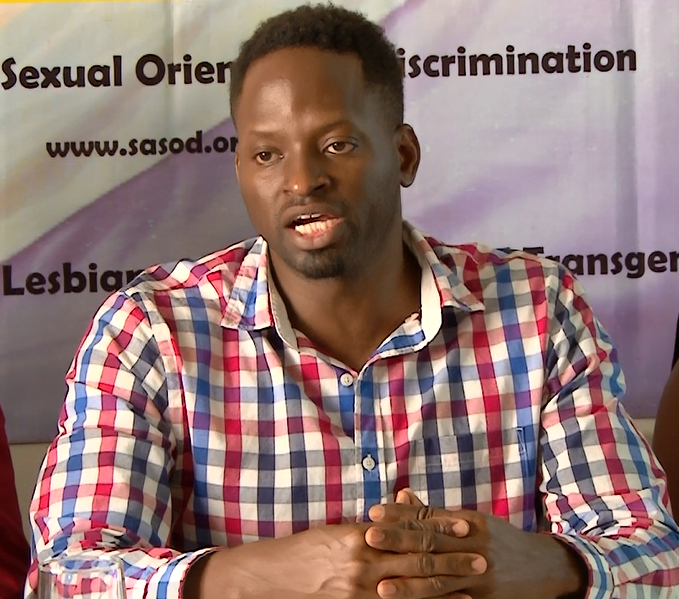By Devina Samaroo
With an estimated 8500 persons living with HIV in Guyana, a local organisation is advocating for the increased use of a pill which can prevent the contraction of the disease.
The pill, known as a pre-exposure prophylaxis or PrEP, is an anti-HIV medication that HIV-negative individuals take to lower their chances of contracting the sexual transmitted infection (STI).
It can reduce the risk of HIV infection through sex for gays, bisexual men, transgender women, and heterosexual men and women.
Studies show that there is a 90% to 98% chance of a reduction in HIV risk for HIV-negative persons who take the pills every day as prescribed.
The Society Against Sexual Orientation Discrimination (SASOD) wants the proliferation of the use of the pill in the local public health sector as a preventative measure; it is currently being used as part of the current treatment plan for infected persons.
PrEP prevalence and safety
SASOD recently conducted a qualitative assessment of the population’s knowledge of this drug, which found that 60% of 47 participants knew nothing about PrEP.
After PrEP was explained to the participants, most of them were willing to try it but some had concerns about its effectiveness and side-effects, the assessment noted.
But PrEP, under the brand name Truvada, has been recommended by the World Health Organisation (WHO) for people who are at substantial risk of HIV infection.
Dr Nastasssia Rambarran, SASOD’s Public Health Consultant, has assured that the drug is safe and the side-effects are minimum.
“PrEP works and it’s workable. The resistance for PrEP is very low and it’s about 1 in 1000 in the trials and that resistance is actually found in persons who were already HIV-positive but didn’t know it,” she told a news conference organised by SASOD on Thursday.
Common side-effects include nausea, dizziness, headaches, fatigue and stomach cramps. More serious side-effects are loss of bone density and kidney troubles but Dr Rambarran noted that the side-effects go away when the individual stops using the medication.
PrEP cost
Derrick Springer, representative of the Pan-Caribbean Partnership on HIV/AIDS, said it is important to encourage more countries to implement PrEP, especially at a cost that is affordable to the vulnerable population. It costs an estimated US$45 for a month’s supply of the drug per person.

But Springer recalled that in 2012, when the demand for antiretroviral (HIV treatment) was increased, his organisation was able to lobby pharmaceutical companies to supply the drugs at a cheaper cost.
Today in many countries, including Guyana, treatment of HIV is being provided to the public, for free.
Springer also reasoned that investing in PrEP as a prevention strategy is more cost efficient in the long-term as it costs Governments roughly US$10,000 per year to keep an infected person on treatment for life.
PrEP worldwide
The Joint United Nations Programme on HIV and AIDS (UNAIDS) has set a global target of providing three million “at-risk persons” with PrEP by 2020 but progress has been slow.
In October 2016 an estimated 100 000 people were enrolled on PrEP, the majority of whom were in the United States, UNAIDS said.
The Caribbean’s uptake of this option has been negligible, although two countries – The Bahamas and Barbados – have started providing the drug, free-of-cost, to high-risk persons.
In 2017, Brazil’s Public Health Ministry rolled out PrEP to address the country’s HIV epidemic which, just as in Guyana, is prevalent among vulnerable groups like who have sex with men (MSM), sex workers and transgender people (TG).
In 2015, Caribbean Governments including Guyana made a commitment to increase PrEP demonstration projects. Three years later, there still has been no movement on the part of the Guyana Government to initiate delivery.
As such, with the qualitative assessment, SASOD will be lobbying the government to roll out a comprehensive programme.

According to Managing Director, Joel Simpson, the next move would be to approach the Ministry of Public Health and the National Aids Programme Secretariat (NAPS) for discussions.
Given that the assessment found that many people are uneducated about the drug, Simpson noted that a massive sensitisation campaign would be needed to inform the public of the benefits of PrEP.
Key populations most affected by HIV in Guyana are:
- Sex workers, with an HIV prevalence of 6.1%.
- Gay men and other men who have sex with men, with an HIV prevalence of 4.9%.
- Transgender people, with an HIV prevalence of 8.4%.
- Prisoners, with an HIV prevalence of 1.7%.
UNAIDS noted that since 2010, new HIV infections in Guyana have increased by 23% and AIDS-related deaths have increased by 33%.
SEE GLOBAL STATISTICS ON HIV/AIDS HERE
In light of these alarming statistics, the SASOD Head says it is important for the Government to take urgent steps to ensure there is a stark reduction in the number of persons being affected with this life-threatening disease.






